Newborns weigh between 3 and 4 oz. They gain 0.3 and 0.5 oz a day over the first fortnight, and should have doubled their birth weight after two weeks. Their umbilical cords will dry up and fall off after about three days.
A kittens’ eyes remain closed for between two and 15 days. Ten days is the average. Once open, the eyes will be a lovely blue-grey, and this will change to the adult colour (usually green) after 4-6 weeks.
The first milk produced – colostrum – is rich in antibodies and will help to protect kittens against diseases. These antibodies last for six weeks or more. Kittens can only absorb colostrum during their first 16 to 24 hours of life and they should feed within two hours of birth. It is essential that they receive this colostrum to protect them against disease. If for any reason a kitten does not receive the first milk, speak to your vet.
Like all mammals, cats produce a milk custom-made for their babies. The first milk, called colostrom – which a kitten should consume within the first two hours after birth – contains important antibodies. The kittens will then feed every two to three hours, receiving cat-specific nutrients from their Mom. When not feeding, they will be sleeping.
Kittens can crawl about after a week, and can walk after two weeks (on average). If the kittens seem distressed, crying and trying to crawl away from Mom, it could be a sign that they are not getting enough food. If you suspect this, or if the kittens are underweight (see above), speak to your vet for advice.
After three weeks or so the kittens will become more active and playful, and will now require additional food. Special kitten foods are available, or you can provide fresh cooked fish or chicken.
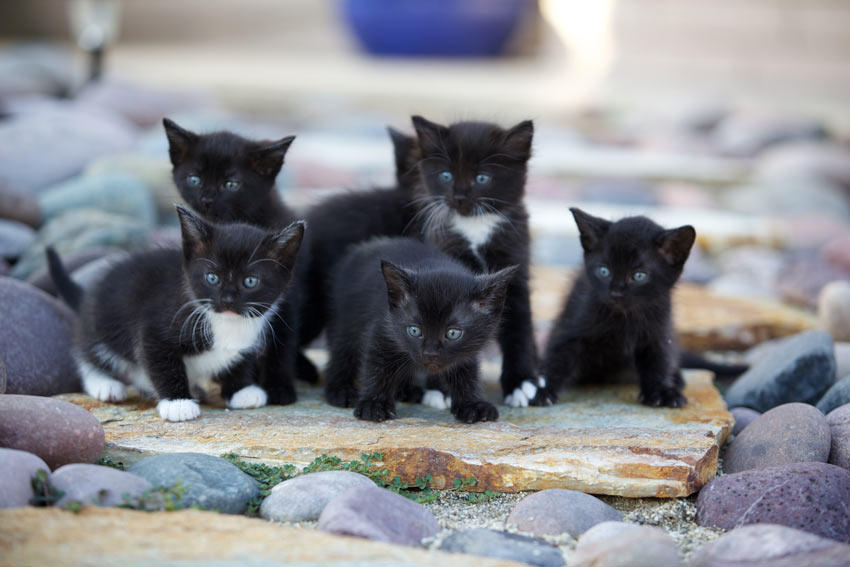
healthy, inquisitive kittens
Hand feeding Kittens
If for whatever reason you have to hand feed a kitten, always use a replacer kitten milk, and follow the instructions on the packaging. Never use cow, goat or any other type of milk. These will cause stomach upset and can even be fatal.
Problems with Kitten Feeding
p>Most kittens feed without any prompting from you! If, however, you notice that one of the little ones isn't feeding properly with the others, speak to you vet.Hypoglycaemia is a serious condition brought about by low blood sugar. It is caused by inadequate feeding. An affected kitten will be lethargic, and may have muscle spasms or convulsions. Call the vet at once.
Kitten Constipation and Diarrhoea
If kittens don’t poop, they’ll soon become constipated. If there are no droppings in 24 hours, call your vet. Healthy poop has the consistency of toothpaste Diarrhoea is an issue too, often caused by overfeeding milk formula, or introducing solid food too early or in excess. Once again, if this becomes an issue, consult your vet.
Litter Tray Training a Kitten
Mom cats lick their kittens to stimulate excretion. If you’re hand-rearing, you need to do this yourself. Not licking, you’ll be pleased to hear! Place the kitten in the litter tray and rub its rear end with a warm, damp cloth.
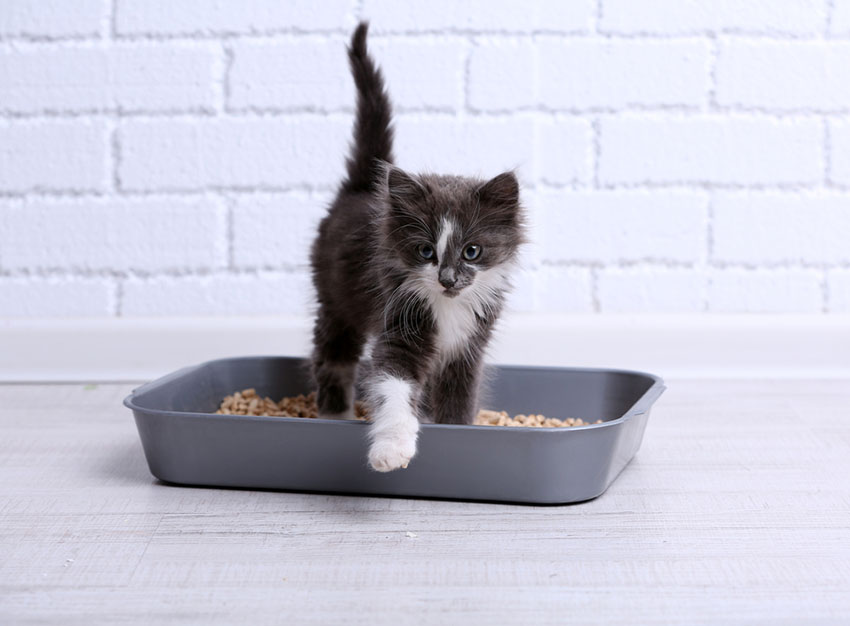
This kitten has no problem using the litter tray
If the kitten is a bit slow getting the hang of the litter tray, dig the clean litter with your finger to encourage her natural digging instincts. Once they are getting down to business, don’t talk or prod or interrupt in any way, as this may discourage them from the whole process.
When Are Kittens Weaned?
Weaning is the period when a baby starts to eat solids. The process in kittens begins at 4 weeks, and they are fully weaned at 8-10 weeks, sometimes a little longer. A Mom cat will take care of the process - all you need to do is provide solid food for the kittens and maybe some gentle encouragement.
At the start of the weaning process you should introduce solid food by mixing it with replacer kitten milk. If the kittens play with the mixture and make a mess, don’t worry - this is very common, but it doesn’t take long for them to work out that the gloop is actually food.
Once they’ve started eating the semi-solids, gradually reduce the amount of milk in the mix until they are eating solid food without the gloop. Provide a bowl of water next to the bowl of food.
When Can My Kittens Go To Their New Homes?
The minimum age that your kittens can go to new homes is 8 weeks. Ten weeks plus is better. Kittens learn a lot from their Mom and littermates, including how to socialise and how to use the litter tray.
Reputable breeders usually don’t let their kittens go to new home before 12 weeks. This ensures they are fully weaned, litter trained, and socialized.
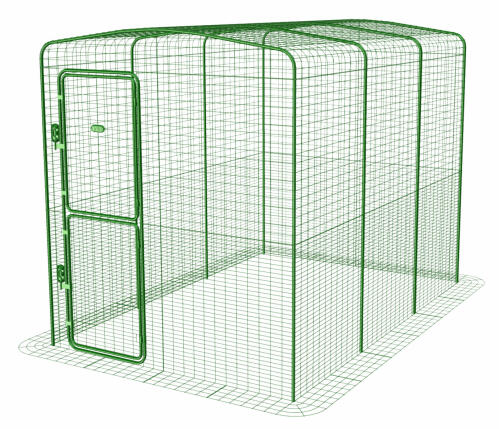
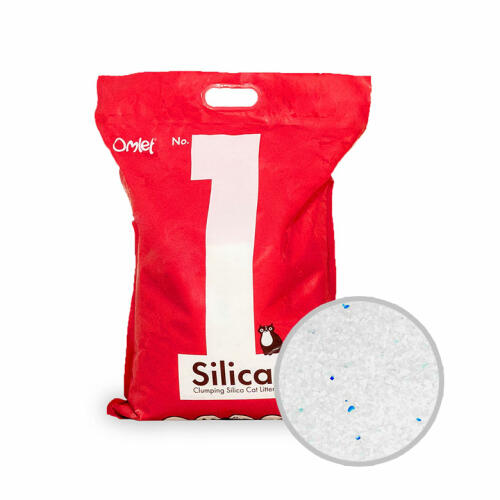
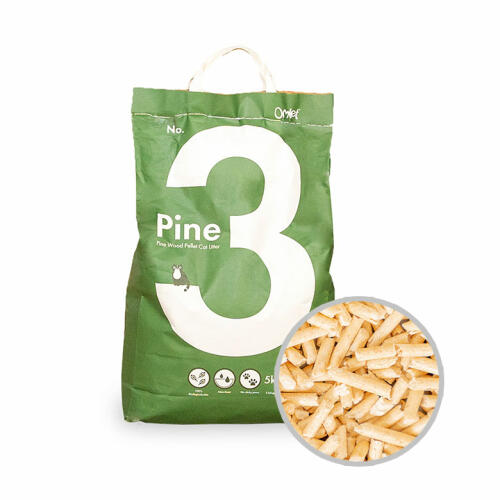

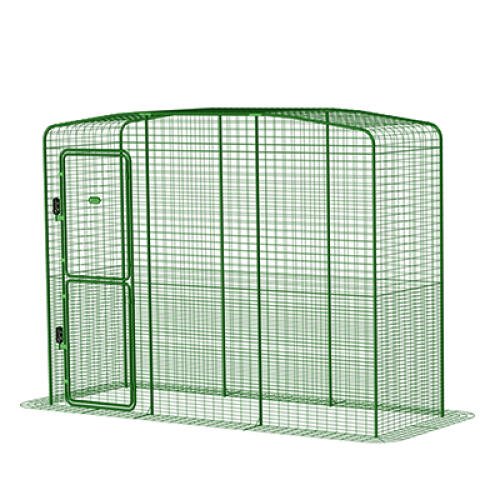
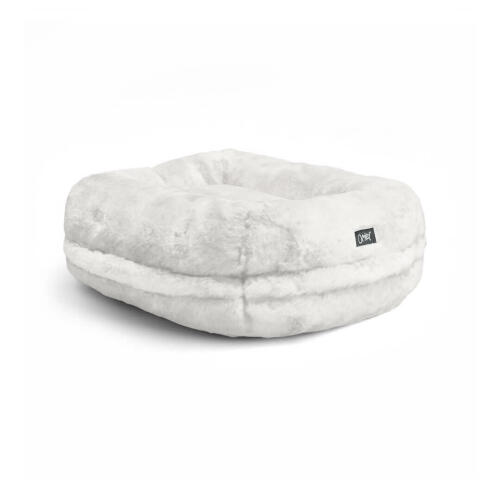
Comments
There are no comments just yet